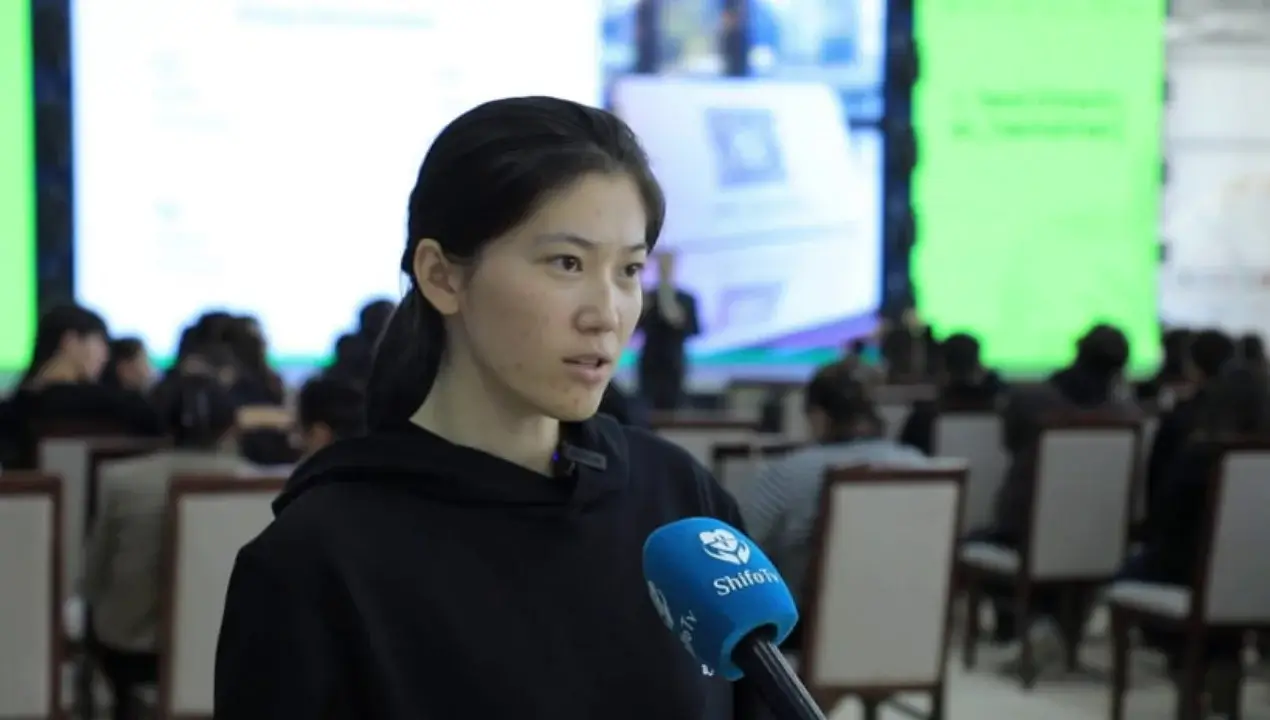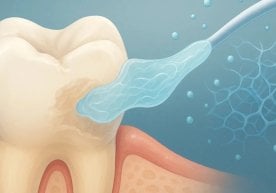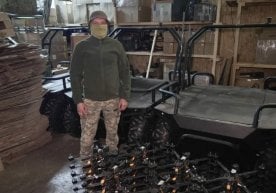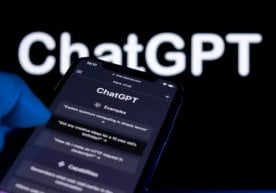
Talented youth from all over the republic are presenting their ideas in the HealthTech Hackathon program, which is taking place in Nukus. As the end of the week approaches, competition on the field intensifies, and teams trying to test themselves are trying to present prototypes that work for real problems.
At the event, a group of programmers, designers, medical workers, and engineers from local and other regions are working in areas such as diagnostics, prevention, and remote consulting. Pitch sessions, mentoring, and technical masterclasses allowed participants to accelerate the idea and turn it into a live product.
Among the participants is the Alfa Team from Nukus. According to team member Kamila Ibragimova, their project is aimed at early detection of a number of risk signs through human eye scanning. The innovative system analyzes the image uploaded by the user through a chatbot based on artificial intelligence and, if possible risks are identified, issues a recommendation for referral to a nearby specialist or clinic.
The main idea of this approach is to bring additional diagnostic tools into the manual range. That is, with the help of a simple smartphone camera and a program, it is possible to show situations that have not previously felt pain, but require observation. Experts note that such solutions do not replace a professional examination, but can serve as a "fast filter" before it. Therefore, the team is trying to develop the product as a "subsidiary tool."
The format of the HealthTech Hackathon is typical: limited time, a specific task, finding answers through trial and error. The organizers also provided participants with brief training on clinical protocols, information security, and regulatory requirements in medicine. This, in turn, helped to take into account such important aspects as the adaptation of projects to service provision and ensuring the confidentiality of information.
Another interesting aspect is the open workshops held in tents and areas. Practical exhibitions on blood pressure, pulse, anthropometry, and a healthy lifestyle were organized here. Young people not only wrote code, but also tested what interfaces and signals worked effectively to improve the daily health habits of the population.
According to the organizers, about 40% of those who participated in the event were girls. This figure is noted as a step towards gender balance in technical areas. In some teams, the roles of project manager, ML engineer, or UX designer are also performed by girls - as a result, different points of view collide in decision-making, which improves product quality.
The criteria discussed at the end of the hackathon are clear: practicality, ease of use, security, scalability potential, and, of course, the sphere of influence. Winners will receive grants, acceleration programs, and mentoring support. The most important thing is that if the ideas born here reach the clinic, polyclinic, or district medical center, then the real effect will be manifested.
At the same time, the authors emphasize that the current results cannot be interpreted as a scientific conclusion without passing the pilot stage. After all, clinical trials, ethical expertise, and regulatory permits are required for a medical solution. But the hackathon is a powerful push at the beginning of the road. This valuable initiative in Nukus gives confidence in the potential of young people and demonstrates their practical steps towards digital medicine.
Read “Zamin” on Telegram!Users of Меҳмон are not allowed to comment this publication.














